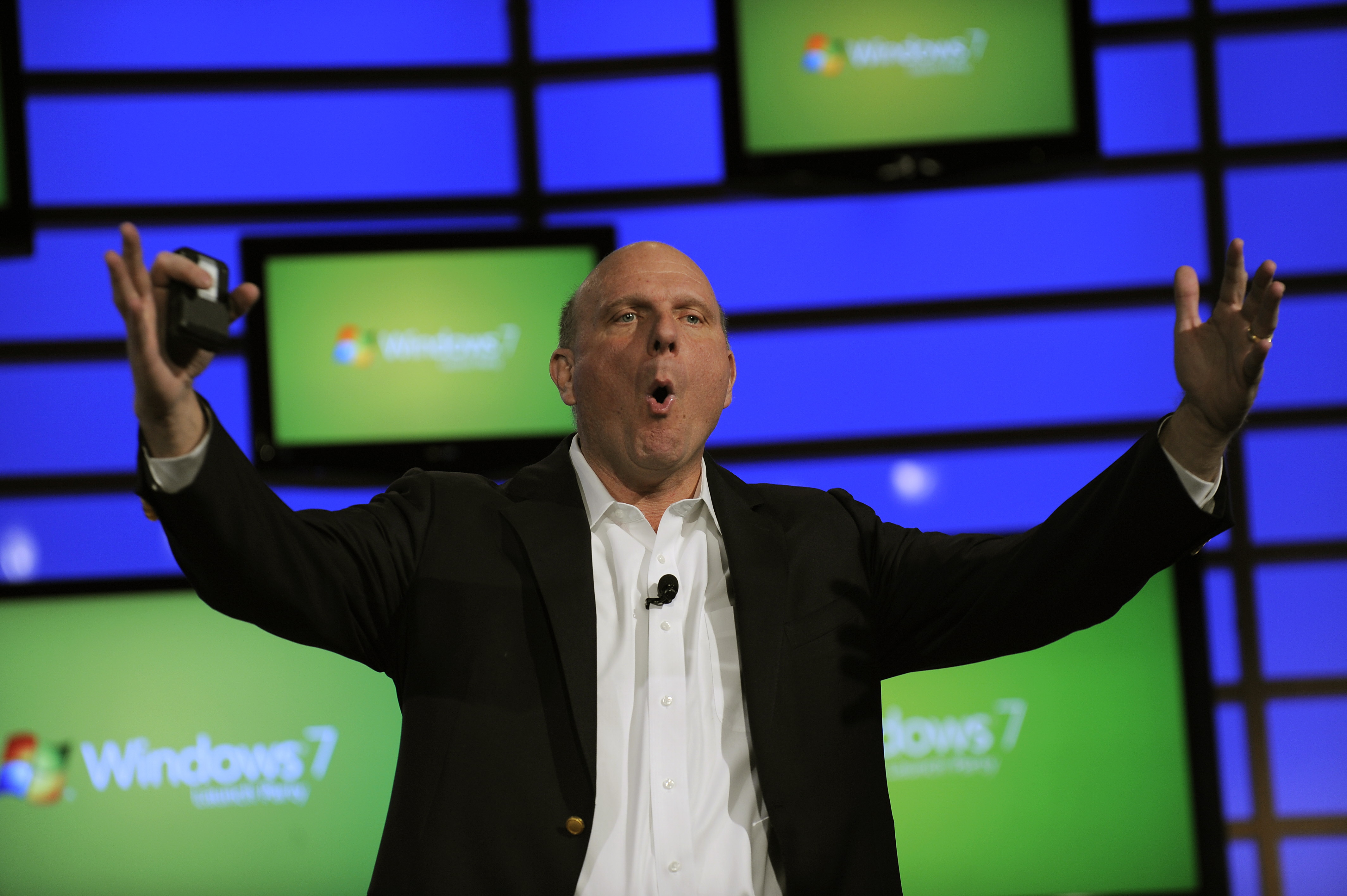Windows 7 support is (mostly) over: What you need to do now

If you're still using Windows 7, it's time to move on. The venerable and much-loved 2009 version of Windows received its (almost) last security update Jan. 14, 2020 (unless your company plans to pay for extended support) and the free Microsoft Security Essentials antivirus program will (probably) no longer be supported either.
It turns out that a software patch in that "final" security update caused some Windows 7 users' desktop backgrounds to go black, so Windows 7 will get at least one more update in early 2020 to fix that erroneous patch.
But as we get further into 2020, Windows 7 machines will be more likely to become infected by malware, and any deep-rooted flaws in the operating system that arise almost certainly won't be fixed.
That's not good for the roughly 27% of Windows users who still use Windows 7. If you're among them, you should upgrade to Windows 10. Your Windows 7 PC will almost certainly support Windows 10, though you may have to ditch some programs.
How to upgrade to Windows 10 for free
Here's a little secret: As long as your Windows 7 license key is valid, you can probably upgrade your Windows 7 machine to Windows 10 for free by downloading and running Microsoft's own Windows 10 installation tool. Here are more detailed instructions about how to update to Windows 10 for free.
Bleeping Computer says you need to opt to keep all files and applications to get the free upgrade, but the Microsoft's user forums say you just need the existing Windows license key. Here's how to find the Windows license key.
How to survive with Windows 7
If you have decided to stick with Windows 7 after Jan. 14, you'll need to take some precautions.
Get instant access to breaking news, the hottest reviews, great deals and helpful tips.
Update everything in the January 2020 Microsoft Patch Tuesday release. It'll be your next-to-last chance to make sure Windows and other Microsoft software are as secure as possible. This Patch Tuesday fixes some very serious security flaws, though not all affect Windows 7.
Install one of the best antivirus programs. Microsoft will stop developing its own antivirus software for Windows 7, Microsoft Security Essentials, so you'll need something else. (MSE will continue to get routine malware-signature updates so that it can recognize the latest known threats, however.)
Most third-party antivirus software makers will continue to support Windows 7 until at least January 2022. The German antivirus-testing lab AV-Test has a comprehensive list of the major antivirus vendors' Windows 7 support timeline.
Uninstall the Microsoft Internet Explorer browser. It's a huge security hole. Use Google Chrome or Mozilla Firefox instead.
Google announced that Chrome will be supporting and providing updates for Windows 7, at least for enterprise users, until at least July 15, 2021. We reached out to Google, which confirmed that this applies to all users of Chrome.
Firefox isn't developed for any particular version of Windows, and Windows 7 will be able to run the latest versions as long as they're compatible. (Windows XP, which officially died in April 2014, could update to new versions of Firefox until May 2018, when Mozilla introduced a new codebase.)
There's been at least one report that Microsoft will support its Edge browser, which is moving to the same codebase as Chrome, on Windows 7 for as long as Chrome does. But we haven't seen any official statement from Microsoft on that.
Ditch Microsoft Office and any of its components, such as Word, Excel or Outlook. Switch to Google's office suite or to LibreOffice. For an email client to replace Outlook, try Gmail or Thunderbird.
Turn off Java in your browsers. Here's how.
Turn off Adobe Flash Player in your browsers. Here's how.
Create a limited user account for yourself and use that for day-to-day computer tasks instead of the administrator account you originally created. Limited accounts limit malware infections.

Paul Wagenseil is a senior editor at Tom's Guide focused on security and privacy. He has also been a dishwasher, fry cook, long-haul driver, code monkey and video editor. He's been rooting around in the information-security space for more than 15 years at FoxNews.com, SecurityNewsDaily, TechNewsDaily and Tom's Guide, has presented talks at the ShmooCon, DerbyCon and BSides Las Vegas hacker conferences, shown up in random TV news spots and even moderated a panel discussion at the CEDIA home-technology conference. You can follow his rants on Twitter at @snd_wagenseil.
